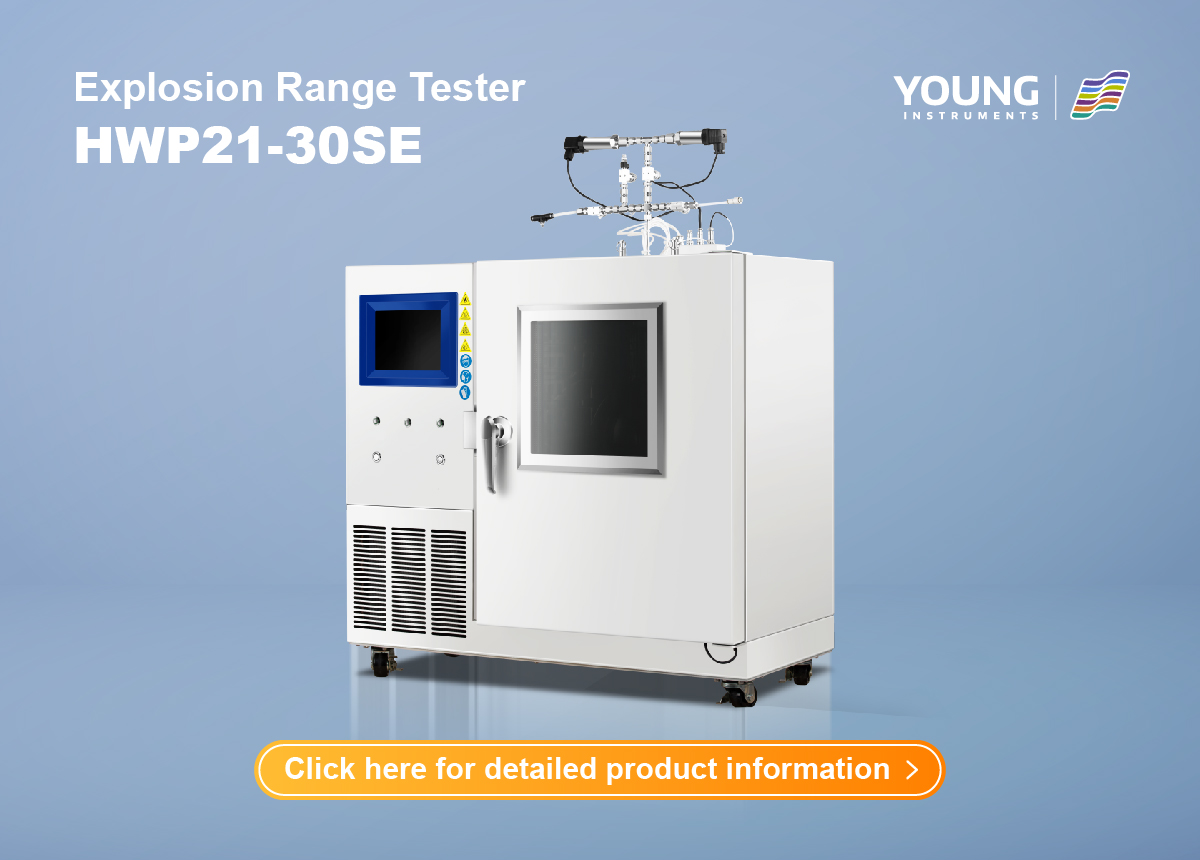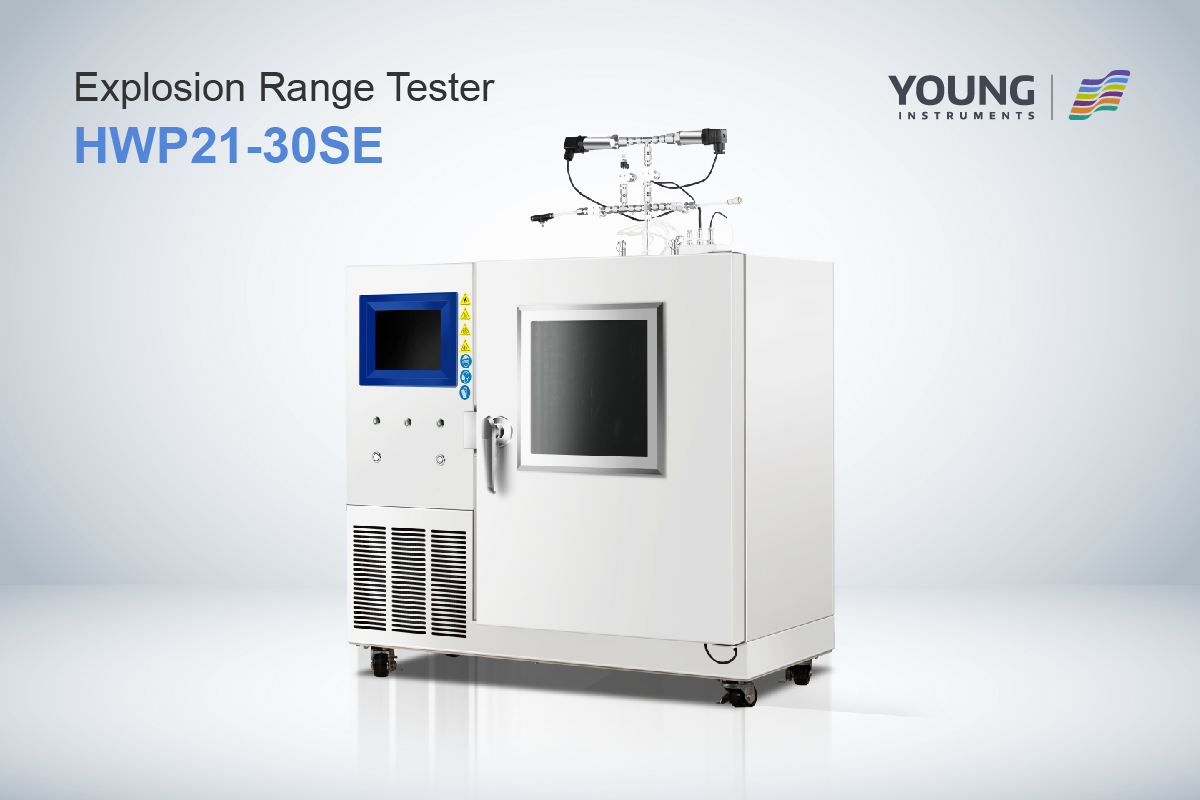ASTM E918: Standard Guide for Property Surveillance Testing of Aerospace Sealants
ASTM E918 is a widely recognized standard practice for determining the limits of flammability of chemicals at elevated temperature and pressure. The standard outlines the test methods and procedures necessary to determine the upper and lower flammability limits of chemicals under specific conditions. The information obtained from testing can be used to evaluate the safety of handling and storing chemicals in various applications.
The scope of ASTM E918 includes the determination of the limits of flammability of chemicals in the presence of air or oxidizing gases at elevated temperatures and pressures. The standard applies to pure chemicals, mixtures of chemicals, and chemical formulations. The test methods outlined in the standard are used to determine the minimum and maximum concentrations of a chemical that will support combustion in a given environment.
Key Takeaways:
- ASTM E918 is a standard practice for determining the limits of flammability of chemicals at elevated temperature and pressure.
- The standard outlines the test methods and procedures necessary to determine the upper and lower flammability limits of chemicals under specific conditions.
- The information obtained from testing can be used to evaluate the safety of handling and storing chemicals in various applications.
Scope of ASTM E918
If you work with combustible substances, you need to know their limits of flammability. ASTM E918 is a standard practice that covers the determination of the lower and upper concentration limits of flammability of combustible vapor-oxidant mixtures at temperatures up to 200°C and initial pressures up to as much as 1.38 MPa (200 psia). This practice is limited to mixtures that would have explosion pressures less than 13.79 MPa (2000 psia).
The scope of ASTM E918 is to provide a test method for determining the limits of flammability of chemicals at elevated temperature and pressure. The practice covers the determination of the lower and upper concentration limits of flammability of combustible vapor-oxidant mixtures. The limits of flammability are defined as the minimum and maximum concentrations of a vapor in air that will propagate a flame.
The standard is limited to mixtures that would have explosion pressures less than 13.79 MPa (2000 psia). The test method is designed to simulate conditions that may occur in a process vessel or system. The results of testing can be used to determine safe operating conditions for handling and processing flammable materials.
ASTM E918 is an important standard for anyone working with flammable materials. By determining the limits of flammability for a particular substance, you can ensure that it is handled and processed safely. The standard provides a reliable and repeatable test method that can be used to determine the limits of flammability for a wide range of chemicals.
Significance and Use
If you work in the chemical industry, you know that flammable substances can pose a serious risk. Fires and explosions can cause property damage, injury, and even death. That’s why it’s crucial to determine the limits of flammability of chemicals before you start working with them.
ASTM E918 is a standard practice for determining the limits of flammability of chemicals at elevated temperatures and pressures. This information is necessary for safe and economical operation of some chemical processes. For example, you might need to start up a reactor without passing through a flammable range of concentrations. Or you might need to design a storage tank or pipeline to ensure that the concentration of flammable substances stays within safe limits.
ASTM E918 provides a method for determining the lower and upper concentration limits of flammable vapor-oxidant mixtures at temperatures up to 200°C and initial pressures up to 1.38 MPa (200 psia). The method involves introducing a proportion of the test premixed gas into a steel pressure vessel at a controlled temperature and pressure. The mixture is then ignited, and the pressure and temperature are recorded. The procedure is repeated with different proportions of the test gas until the lower and upper flammable limits are determined.
The results of the ASTM E918 test can help you determine the safe operating range for a chemical process. You can use the information to design safety systems, select equipment, and develop operating procedures. By following the guidelines set forth in ASTM E918, you can ensure that you are working safely with flammable substances.
Test Methods
ASTM E918 provides a standard practice for determining the limits of flammability of chemicals and mixtures of chemicals. This standard practice is designed to measure and describe the properties of materials, products, or assemblies in response to heat and flame under controlled laboratory conditions. It should not be used to describe or appraise the fire hazard or fire risk of materials, products, or assemblies under actual fire conditions. However, the results of this test may be used as elements of a fire risk assessment.
The test method involves filling a pressure vessel with a mixture of the test chemical and air or oxygen. The mixture is then ignited, and the pressure and temperature inside the vessel are monitored. The flammability limits of the chemical are determined by varying the concentration of the chemical in the mixture and repeating the ignition and monitoring process. The lower flammability limit (LFL) is the minimum concentration of the chemical in the mixture that will support combustion, while the upper flammability limit (UFL) is the maximum concentration of the chemical in the mixture that will support combustion.
The test can be performed at different temperatures and pressures to determine the effect of these variables on the flammability limits of the chemical. The test can also be performed in different types of vessels, such as glass or steel, to determine the effect of vessel material on the flammability limits of the chemical.
Overall, ASTM E918 provides a standardized method for determining the flammability limits of chemicals and mixtures of chemicals. The results of this test can be used to inform fire risk assessments and to develop appropriate safety measures for handling and storing flammable chemicals.
Results and Discussion
ASTM E918 is a standard practice for determining the limits of flammability of chemicals at elevated temperature and pressure. This test method is used to determine the upper and lower flammability limits (UFL and LFL) of a chemical compound. The UFL and LFL are important parameters for assessing fire hazards and designing safe processes.
The test involves filling a pressure-resistant metal vessel with a minimum volume of 1 dm3 with the chemical compound and air. The vessel is then pressurized to a predetermined pressure and heated to a predetermined temperature. A spark is then introduced into the vessel to ignite the mixture. The pressure rise inside the vessel is measured, and the UFL and LFL are determined based on the pressure rise criteria.
The results of the test may be used as elements of a fire risk assessment, which takes into account all of the factors that are pertinent to an assessment of the fire hazard of a particular end use. The test results can also be used to design safe processes for handling and storing the chemical compound.
It is important to note that the ASTM E918 test method provides only a measure of the flammability of a chemical compound under specific conditions. The results may not be directly applicable to other conditions, such as different temperatures, pressures, or concentrations. Therefore, caution should be exercised when interpreting the results of the test.
In conclusion, ASTM E918 is a valuable tool for assessing the flammability of chemical compounds. The test provides important information for designing safe processes and assessing fire hazards. However, it is important to recognize the limitations of the test and exercise caution when interpreting the results.
Conclusion
In conclusion, ASTM E918 is a standard practice that is used to determine the limits of flammability of chemicals at elevated temperature and pressure. This practice is crucial in ensuring safety in various industries where flammable chemicals are used or produced. By determining the lower and upper flammable limits, companies can take necessary precautions to prevent accidents and ensure the safety of their employees.
ASTM E918 provides a standardized method for determining flammability limits, which ensures that results are consistent and reliable. The test involves using a pressure-resistant metal vessel with a minimum volume of 1 dm³. The criterion for ignition is a pressure rise of at least 7%. The results are reported as a percentage of the volume of the chemical in the vessel.
The standard has been in use for many years and has been reviewed and updated several times to ensure that it remains relevant and effective. It is widely recognized and accepted by regulatory bodies, industry organizations, and companies around the world.
Overall, ASTM E918 is an important tool for ensuring safety in industries that deal with flammable chemicals. By following the standard practice, companies can accurately determine the flammability limits of chemicals and take necessary precautions to prevent accidents and ensure the safety of their employees.








































